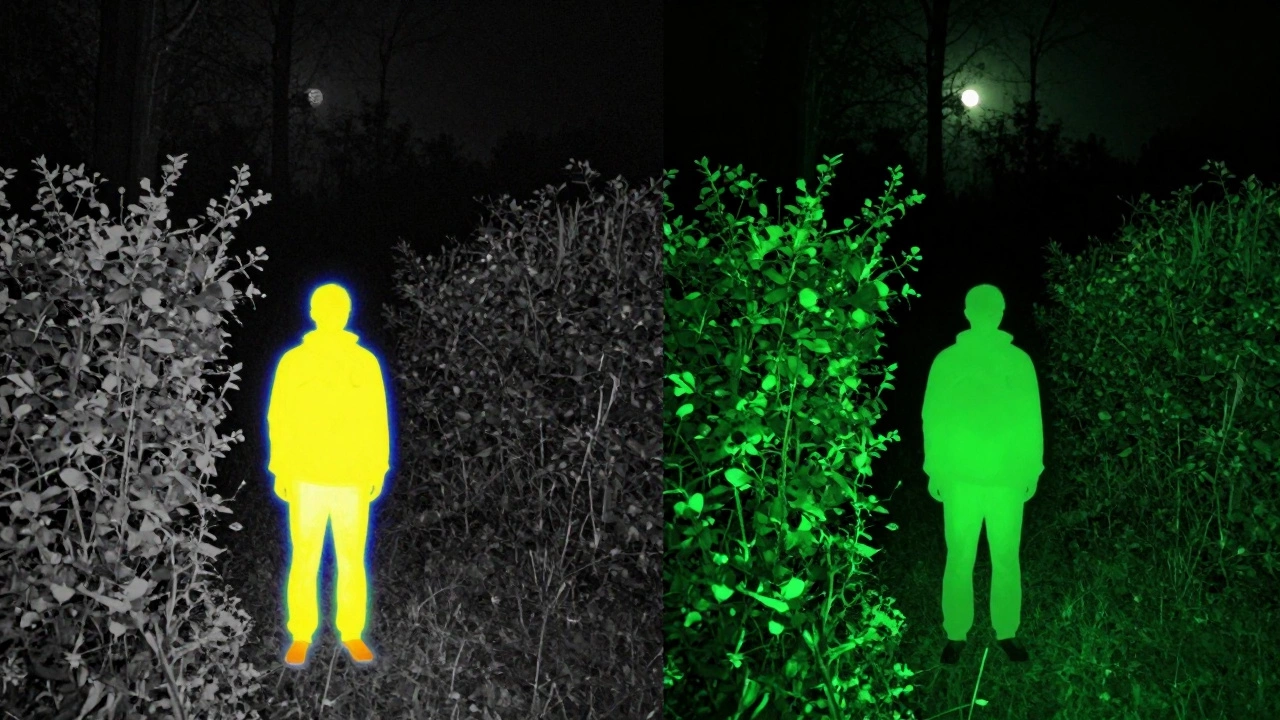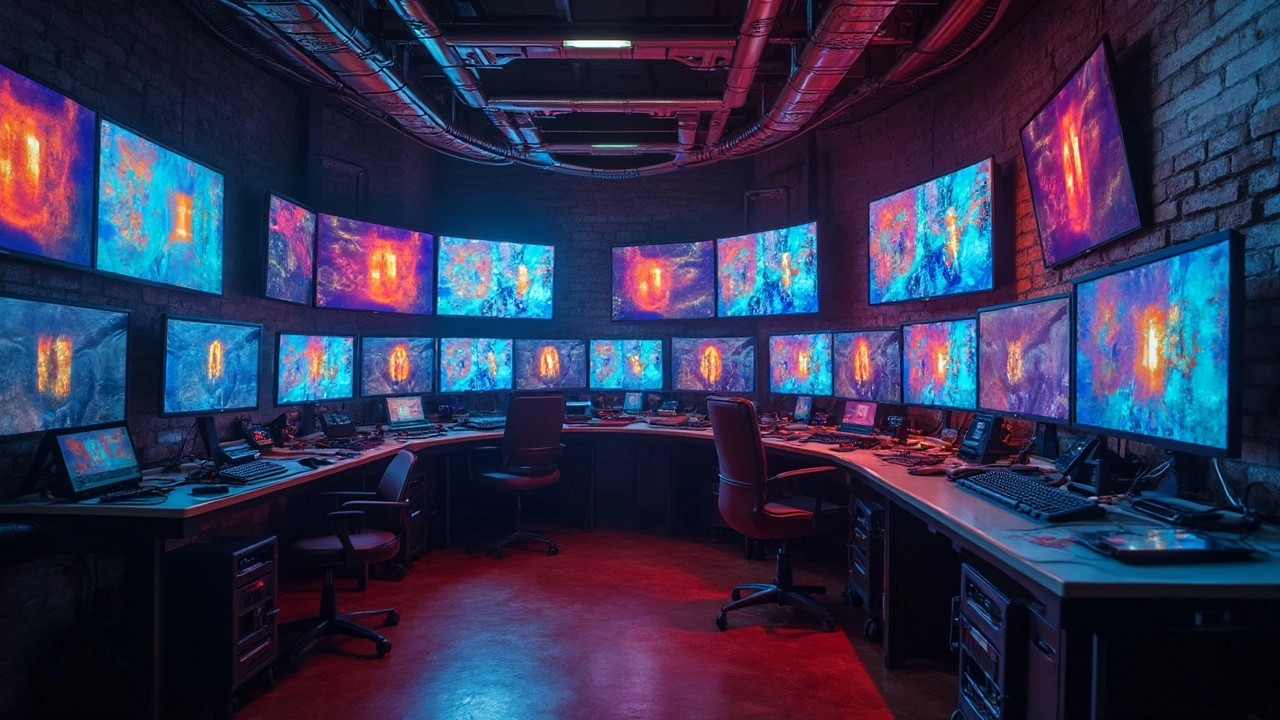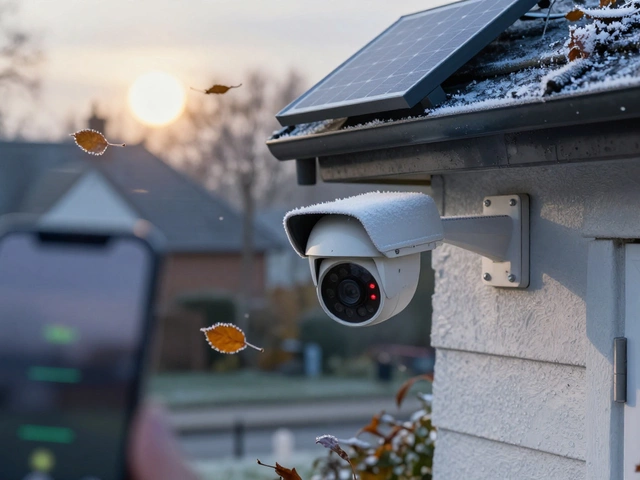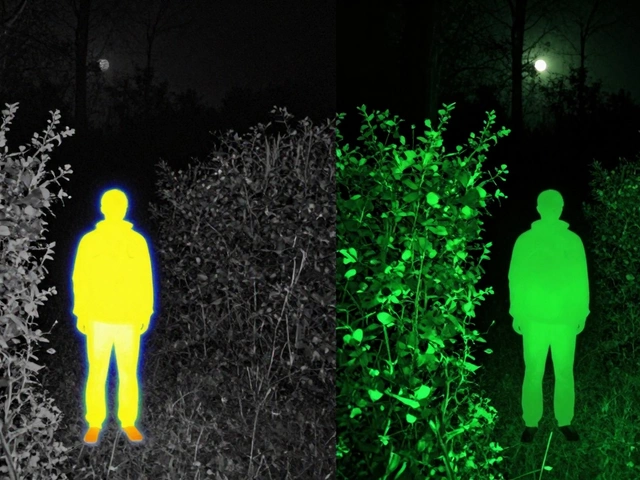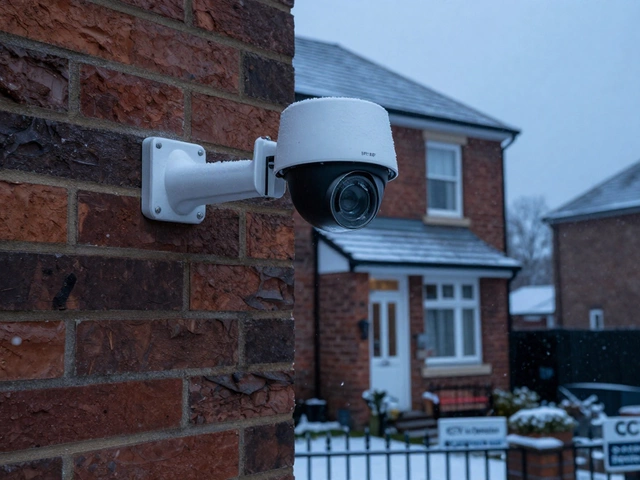Thermal Cameras: What They Are and Why You Need One
Thermal cameras see heat, not visible light. That means they can spot a person or animal even in total darkness, fog, or smoke. For a homeowner or business, that extra vision can be the difference between catching a threat early and missing it entirely.
Unlike regular night‑vision cameras that need a light source, thermal units detect temperature differences. A warm body shows up as bright orange or white against a cooler background. The image isn’t a photo, but it’s instantly readable – you can tell if something is moving, how big it is, and where it’s heading.
How Thermal Cameras Work
The core of a thermal camera is an infrared sensor called a microbolometer. It turns heat radiation into an electric signal, which the camera then translates into a color‑coded picture. The sensor’s resolution (measured in pixels) determines how much detail you get. Higher‑resolution units can identify a face at a longer distance, while lower‑resolution models are fine for simple perimeter checks.
Most modern thermal cameras connect to Wi‑Fi or cellular networks, sending live video to your smartphone or control centre. Some also integrate with alarm systems, so if the camera spots movement, it can trigger a siren or alert you instantly. This real‑time link is what makes thermal tech a powerful part of a broader security setup.
Choosing the Right Thermal Camera for Your Space
Start with the area you want to monitor. A small garage or porch only needs a low‑resolution, short‑range camera. For a large property, look for a unit with at least 640 × 480 pixels and a detection range of 200 meters or more.
Next, think about mounting. Ceiling‑mounted lenses give a wide view, while wall‑mounted units focus on a specific entry point. Many cameras come with a flexible mounting bracket, so you can adjust the angle without drilling extra holes.
Battery life matters too. Some thermal cameras run on solar panels or have built‑in rechargeable packs that last weeks. If you need constant monitoring, choose a model that plugs into mains power and has a battery backup.
Finally, check the integration options. If you already have a smart alarm system from Birmingham Security Command Center, pick a camera that works with their monitoring platform. Seamless integration means fewer false alarms and a single app to control everything.
In short, thermal cameras give you heat‑based vision that works day or night, in weather that would blind regular cameras. Pick a resolution that matches your coverage area, ensure the mounting fits the spot, and verify power and integration options. With the right setup, you’ll add a layer of protection that’s hard for any intruder to evade.

